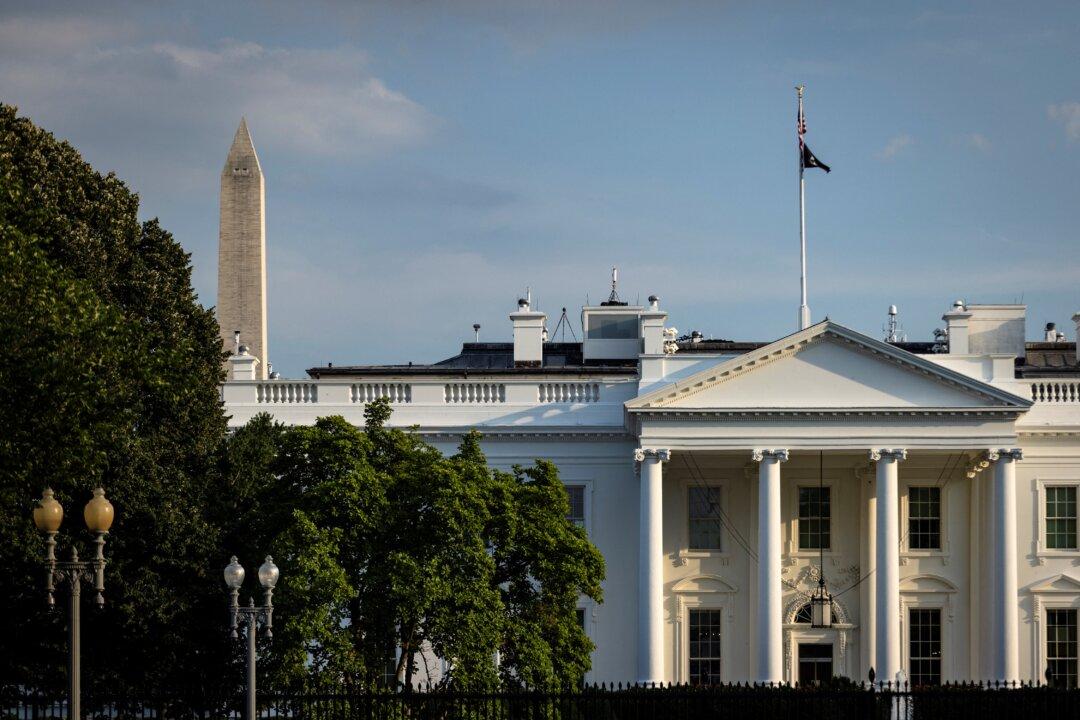There’s currently a raging national debate on what our students should know or not know about American history. This debate goes to the very core of our national being and future.
That’s why I chose to write my new book, “Toward a Perfect Union: The Moral and Cultural Case for Teaching the Great American Story.”
So much of the cultural chaos we’re experiencing today—incivility toward each other, violence in our inner cities, misconceptions about the role of government—can be tied to two things: (1) Americans don’t know their history or how their government works and (2) the history they do know is distorted and has created a victim mentality among our populace. Instead of history bringing us together under a collective narrative, it’s now taught in a way that divides us and pits people and groups against each other.
- Only 53 percent were able to earn a passing grade in U.S. history.
- 37 percent believed Benjamin Franklin invented the light bulb (it was Thomas Edison).
- 12 percent believed Dwight Eisenhower led the military in the American Civil War (which ended in 1865—Eisenhower was born in 1890).
- 2 percent said climate change caused the Cold War.
But the problem goes beyond ignorance to deliberate disinformation about America’s past that’s being taught throughout our nation’s educational system.
The wrongful teaching of American history in our K–12 educational system began in the late 1960s, starting in liberal enclaves such as the San Francisco Bay Area and then spreading across the country over time. However, the seeds were planted in our institutions of higher education in the 1950s through the teachings of individuals such as Howard Zinn, who started his academic career teaching at Spelman College in 1956.
Mary Graber, resident fellow at the Alexander Hamilton Institute for the Study of Western Civilization, in her book “Debunking Howard Zinn” wrote: “Zinn’s propaganda has been spectacularly effective. His dishonest American history is not the only factor in Americans’ turn away from their heritage of freedom towards communist fantasies. But [he] has been instrumental in this destructive transformation.”
The most recent manifestation of this teaching is “The 1619 Project” from Nikole Hannah-Jones and promoted by The New York Times, which I wrote extensively about in my book.
No one is perfect, and no country is perfect. And just as we learn from our mistakes in our own lives, we learn from our mistakes as a nation and move forward. If we don’t know our mistakes, we’re doomed to repeat them. But creating a new “memory” means the correct memory of those mistakes will be forgotten, and thus, we'll be doomed to repeat them. We need to ensure that we provide a blueprint that corrects our errors, instead of making new ones. That’s another one of the goals of my book.
The current teaching of American history values privileges over principles, and as a result, unless corrected, we'll continue to go down the road, as Eisenhower said, of losing both.
That’s why there’s a moral and cultural case for getting back to teaching the great American story—so we can be united, rather than divided, as a nation, regardless of our personal beliefs. I believe if we can recapture the accurate teaching of American history, it will result in an appreciation of our shared heritage and beliefs and a more unified and civil America.





